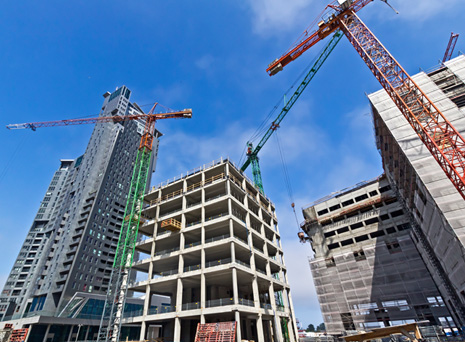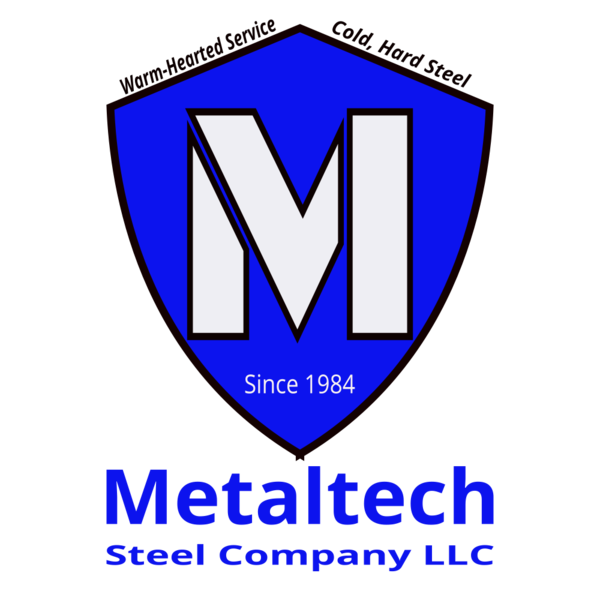Steel Products in Marietta, OH
The Advantages of Steel and Its Composition in Marietta, OH
Find steel products in Marietta, OH, at Metaltech Steel Company LLC. Steel is, by far, the preferred material for most types of construction projects in the world today. All types of modern construction depend on the qualities of steel. These qualities lend reliability, longevity, and beauty to these types of projects. From bridges to skyscrapers, steel is the obvious choice to produce the strongest and most durable projects. The strength of steel is a clear requirement for structural integrity in large building and bridge construction.
The architectural features of modern buildings and bridges include steel beams, joists, columns, studs, etc. However, modern families are also discovering the benefits of incorporating steel frame construction into the design of their new home.
Steel is becoming the new standard for designing beautiful, durable homes that can withstand the ravages of time. Contact us online today, or by phone at (740) 373-8339.
The properties of steel are mainly affected by:
- Chemical Composition
- Heat Treatment
- Manufacturing Method/Process
The Many Advantages of Steel Include:
- Allows for Larger Projects
- Clean and Chemical-Free
- Does Not Warp, Twist, or Shrink
- Easy Metal-to-Metal Connection
- Formed to any shape
- Minimal Waste and Easily Recycled
- Non-Combustible
- Superior Strength to Weight Ratio
- Termite and Pest-Proof
From bridges to
skyscrapers, steel is the obvious choice
It’s the strongest and most durable material for construction
Carbon Steel (Structural Steel)
Carbon steel (most structural steel) consists of varying percentages of iron and carbon. Low, Mid, and High grades of carbon steel compositions exist, with carbon content typically ranging from 0.3% to 1.5%. Trace amounts of other alloy metals exist in carbon steel. Iron-carbon contains steel when it contains up to 2.1% carbon (beyond that, it is considered to be cast iron).
These elements and others adjust and improve the properties of the steel according to it’s end use. Phosphorus and Sulfur are typically undesirable. We make efforts during production to eliminate them from the final product.
Alloy steels have larger quantities of various additional metals in them (other than iron and carbon). These metals can have significant effects on the final qualities of the steel.

These other metals commonly include:
- Aluminum (Deoxidizes)
- Chromium (Hardenability & Corrosion Resistance)
- Copper (Corrosion Resistance)
- Manganese (Wear Resistance & Strength)
- Nickel (Impact, Toughness, & Corrosion Resistance)
- Niobium (Strength)
- Silicon (Strength & Elasticity)
- Titanium (Strength & Corrosion Resistance)
- Vanadium (Strength)

